Late Summer and Bombers: Trout Love these “Giant” Chironomids
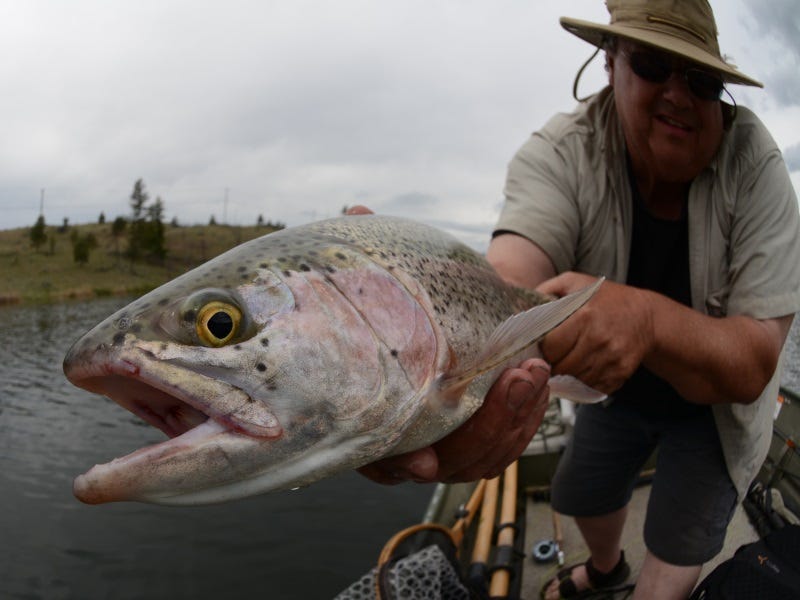

As summer wears on most stillwater anglers target area rivers and spend less time on our local lakes. Water temperature is a key factor in this move. That’s because none of us want to harm a fish, and we might do so if we fight them to exhaustion when the water is too warm. That potential harm begins when the water reaches the 70-degree mark. When it does so, we should move on to cooler waters if we want to get our fly-fishing fix.

Fly Fishing on Lakes: Go Early
That said, the opportunity to get out on your favorite lake is still doable if you’re willing to work a little harder. This means very early mornings and limiting your time on the water. Most lakes will cool down at night and dip below the 70-degree mark. That’s the time to fish these lakes. But, you still have to monitor the situation, making sure that the lake’s surface temperature doesn’t bump to 70 degrees while you’re fishing.
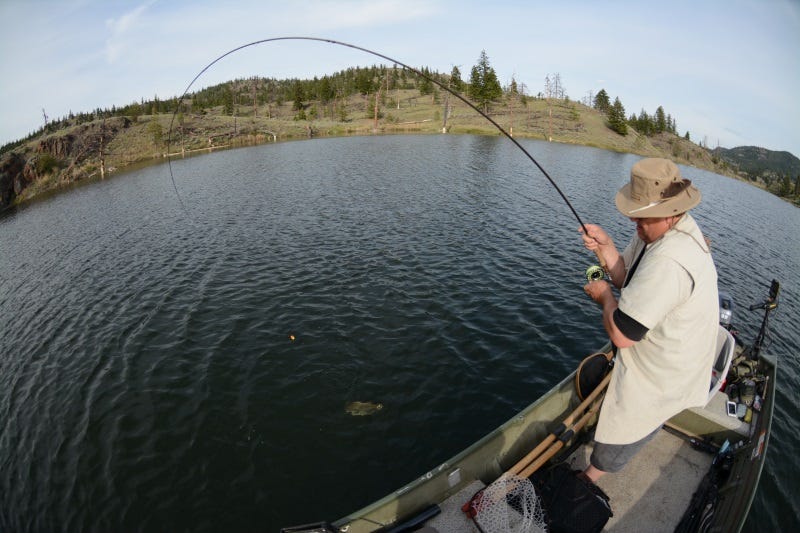
Move to Higher Elevation and Cooler Water to Find Trout
Another way to avoid high temperatures on our area lakes is to target higher elevation waters where water temps rarely hit the 70-degree mark. If you have easy access to these waters you are in good shape and can spend a full day fishing without having to continually check water temperatures.
Once you decide when, and on which lake to fish, you still have to find the trout. And where do trout move during summer months as water temperatures warm? Naturally, they find the coolest sections of a lake and that means deep water and places where springs flow in. When the fish move to these areas, which they are doing now, it's time to bring out the Bombers.
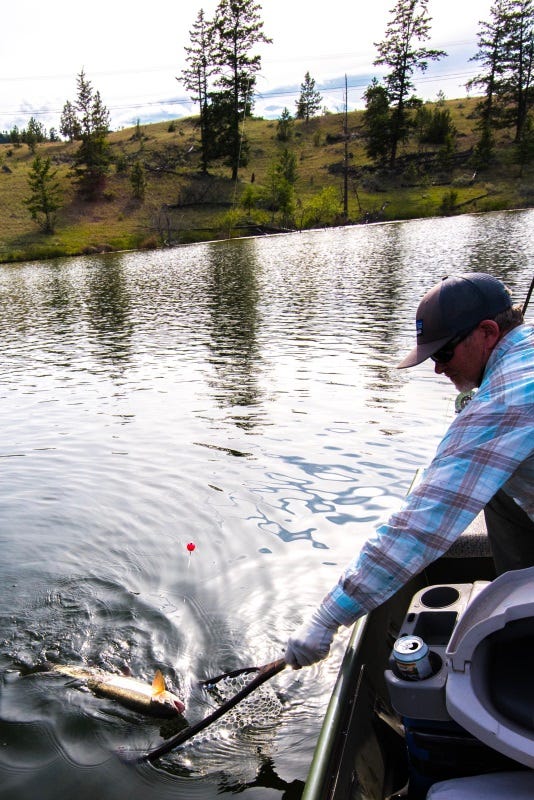
What is a Bomber Chironomid Pattern in Fly Fishing?
What are bombers you may ask? To be specific these flies are called bomber chironomids. These are the bigger chironomids, ranging in size from #12 all the way up to #8 XL, and are prone to hatching during the summer months, especially from mid-summer on. They have a two-year life cycle and generally are found in a deeper water. Your average chironomid ranges in size from #18 to #12. Most of their hatches occur during spring and fall.
Check out the selection of flies we have online here.
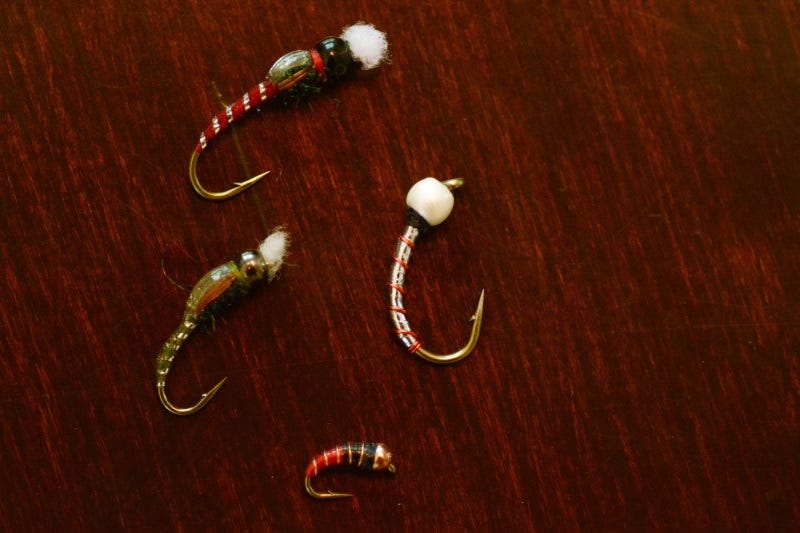
These bombers range in color, depending on the lakes you find them in. Some of the best colors are red, brown and wine. Carry as many colors to the water as possible and try all of them. One day the fish will key on a particular color and other times they seem to eat all of them.
When I tie bombers, I don’t worry about placing gills on them. Remember, you’re fishing deep water and sometimes dirty water, as lakes tend to “cloud up” during summer. That means the white gills you might tie into your flies will turn green or brown after a few casts. Size and color, and where you fish your flies, are more important than gills. I do like using a Tungsten bead at the head of the fly, which gets it down to the trout quickly.

How to Fish a Giant Chironomid Patterns
You can fish these bombers off floating lines, under an indicator. They are best fished from a boat, and electronics really help you to quickly locate trout and determine the depth the fish are feeding at. Once you find the fish, you’ll want to place your bobber at a point on the leader that allows your flies to drift within a couple feet of bottom. When the fish are feeding between 15 and 30 feet, casting your bobber, all that leader, and a fly can be a trial in patience. But, if you can dial in the cast, the fish will eat these Bombers like candy and that can make a late summer day on the water an absolute blast.
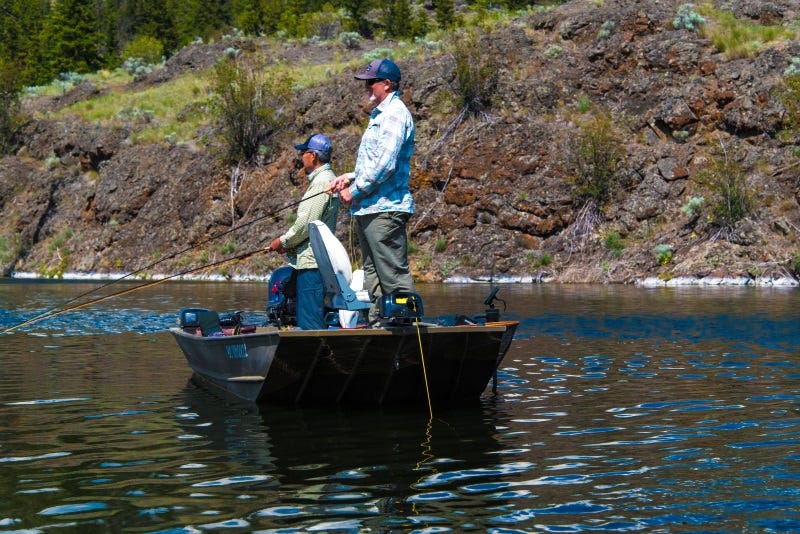
When you hit the water, make sure you take a few bombers in the chromie coloration, too. What’s a chromie? Come by the shop and we’ll get you outfitted with chromies and other Bomber-size chironomid patterns. Don’t miss out on this opportunity, as fishing Bombers can provide some of the best action of the year, with large fish included in the equation. If you tie your own flies you might want to check out Brian Chan and Phil Rowley’s websites, as these are two of the top people in the field of using chironomids.
Hope to see you out there and good luck. Want some stillwater fishing tips?
